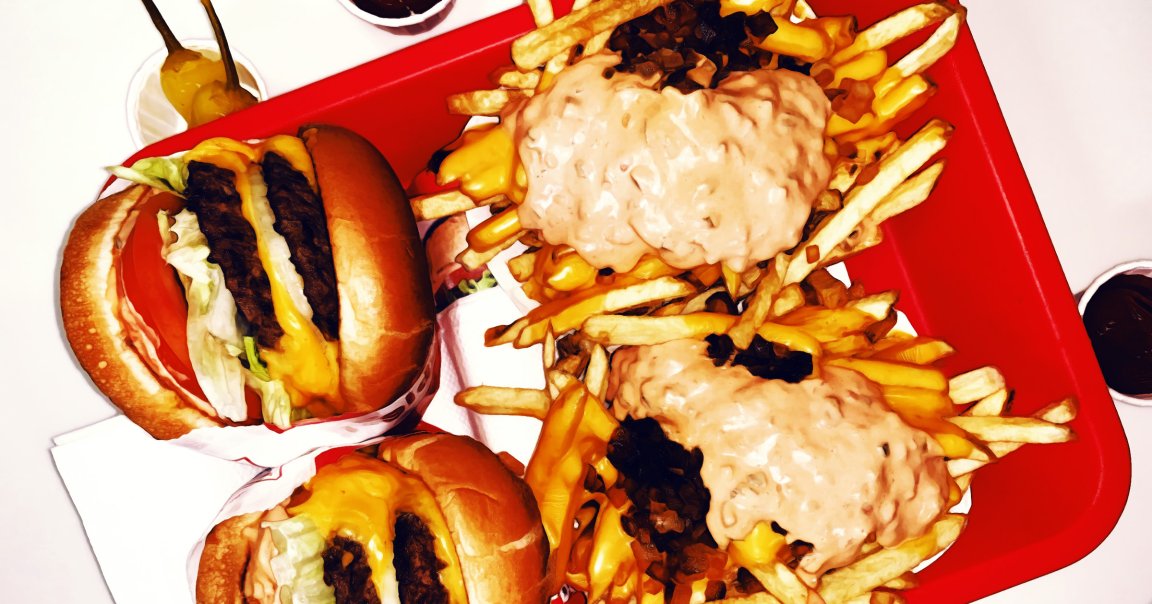
As the industrial food system pushes ultraprocessed foods to every corner of the globe, new research shows that even seemingly healthy packaged meals may fall short of the benefits offered by whole, minimally processed foods.
A fascinating new study published in Nature Medicine dove into the real-world effects ultraprocessed foods have on the human body. Following a six-month clinical trial involving 55 volunteers, researchers at the University College London found that eating minimally processed foods was not only potent fuel for weight loss, but quickly led to healthier biomedical readings across the board — a grim indictment of what’s inexorably become the norm in global eating.
To run the experiment, the team of over 20 researchers split the participants into two groups, each of which followed a strict diet for eight weeks. One group was assigned to eat only minimally processed whole foods, while the other was given the task of eating mainly hyper-processed slop. After the first diet was finished, the volunteers took a four-week break, then switched to the other chow.
Given the direct comparison, the findings are noteworthy. Participants on the non-processed food regimen burned more fat, had lower systolic blood pressure, and lower levels of glycated hemoglobin — bloodsugar, essentially — compared to the processed one.
And zooming in a bit, the researchers found that losses in fat mass, body fat percentage, visceral fat rating and total body water mass were “significantly lower” on the whole food diet, but not the ultraprocessed one. Participants on the processed diet also reported a greater number of “adverse events,” like constipation, acid reflux, fatigue, and infections.
Volunteers surveyed said that both diets were equally satisfying, likely because both tended toward “healthier”-seeming foods — both diets followed UK government dietary guidelines — though they reported having an easier time controlling their cravings on the non-processed diet, as noted by Gizmodo.
Comparing the two menus is fascinating on its own. Participants on the non-processed diet enjoyed meals like breakfast cinnamon and apple overnight oats, sticky BBQ ribs with smoky rice and fruit, and salmon with herbed new potatoes and mixed vegetables. Their snacks were stuff like like blueberry, oat, nut and seed muffins, and pasta salad.
Alarmingly, the ultraprocessed group were treated to foods that, on a surface level, looked comparable: commercial breakfast oat and fruit bars, premade ribs and rice with fruit snacks, and boxed salmon with potatoes and corn, and snacks made up of meal-replacement drinks, plant-based yogurt, and packaged wrapped oat bars.
Though definitions vary, ultraprocessed food is typically identified as containing foodstuff rarely, if ever used in kitchens — like high-fructose corn syrup and hydrogenated oil — or which have been pumped full of synthetic additives like flavoring, dyes, sweeteners, or emulsifiers.
Studies have shown that ultraprocessed food makes up over half of the dietary energy consumed in high-income countries like the US and the UK, the latter of which is where the clinical trial was run. Meanwhile, the ultraprocessed food market is projected to grow by an astonishing $856 billion over the next four years.
It’s not just about individual choices at the grocery store or restaurant, either: the class differences in diets are stark, with poor people forced to consume far more cheap ultraprocessed junk than their more affluent peers, meaning that to meaningfully improve health outcomes, the food supply needs to be restructured at a basic level.
More on food: Scientists Find that Hosing Glizzies Is Basically a Death Sentence